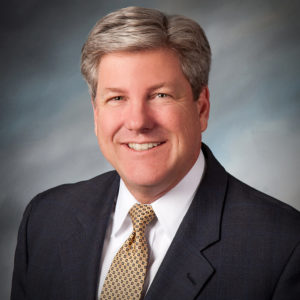This article originally appeared on Advisor Perspectives.
Here are links to read parts one and two of this series.
In my two prior articles, I argued that the SEC disclosure for retail investors would be more effective by telling investors the simple truth in plain language.
This means acknowledging that conventional wisdom about “investor confusion” is off base and not the problem. Instead, unclear or misleading language is the problem.
This matters. Form CRS is under greater SEC scrutiny by the Biden administration. How advisors and broker-dealer representatives are compared matters. A review of a few major firms’ CRS is illustrative.
Look at the CRS forms from Merrill Lynch, J.P. Morgan, Goldman Sachs and Ameriprise as examples.
Those forms answer the SEC’s questions on services and advice, fees, and how brokers and advisors make money. In 1,500 or more words, those forms show how advisors and brokers are alike. Yet, they offer little insight into how they differ from one another – except that advisors monitor client portfolios and brokers do not.
Deborah Bosley, an expert in plain language, reviewed these four forms and had little positive to report. On Goldman Sachs, Bosley noted that its CRS, “violates almost every plain language rule of formatting and design. The CRS looks like they don’t want anyone to read it. No design elements used.”
Advisor and broker similarities are further underscored. In SEC prescriptive language regarding standards and conflicts, here are 74 words:
When we make a recommendation as your broker-dealer (or) act as your investment adviser, we must act in your best interest and not put our interest ahead of yours. At the same time, the way we make money creates some conflicts with your interests. You should understand and ask us about these conflicts because they can affect the investment advice we provide you. Here are some examples to help you understand what this means.
In those words, the standards of conduct and conflicts of investment advisors and broker-dealer reps are proclaimed to be the same. There is no mention how they differ.
A lot of basic information about the nature of what advisors and brokers is omitted and should be added. This includes:
The role and purpose of a broker-dealer:
- Brokers have a sales or trading relationship with you. The purpose of a broker-dealer is to trade securities for its own account or for the account of others. Its recommendations must be solely incidental to the brokerage services we provide.
- When a broker-dealer is hired by issuers of securities such as mutual funds to sell securities to you, its primary role is to offer and sell securities. It also acts as agents for you.
- In these instances where it sells you securities for an issuer, it is paid by the issuer. It is not paid for the recommendations or other advice it provides the customer.
The role and purpose of an investment advisor:
- Advisors are fiduciaries and have an advisor relationship with you based on trust and confidence. Their purpose is to provide you investment advice that puts your best interest first.
- Advisors are hired and paid by you to act solely as your agent to provide personalized investment advice.
The differences between investment advisors and broker-dealers are fundamental and material. They are basic. Who hires and who pays the advisor or broker is what matters.
The investment advisor acts as a fiduciary to clients in a relationship of two. The broker-dealer trades securities and sells securities for issuers to customers in a relationship of three. Two versus three.
The SEC understates or simply omits important differences while stressing similarities.
Sure, there are similarities at a very high level. A Ford F-150 Pickup and a Mercedes A220 have similarities – four tires and a steering wheel. A nutritionist and butcher have similarities – they influence food intake. But these similarities are irrelevant when their different purposes are considered.
Two is different from three. Advisors are different from brokers. Telling investors this fact and truth matters.

